Introduction
Gold bars have long been a reliable hedge against economic uncertainty, offering investors a tangible asset that often appreciates over time. With gold prices reaching near all-time highs in 2025, many are considering selling their holdings to capitalize on gains. However, selling gold bars isn’t as simple as listing them online— it requires careful planning to maximize returns and avoid common pitfalls. In this guide, we’ll walk you through the essential steps to sell your gold bars effectively, ensuring you get the best value for your investment. Whether you’re dealing with 1-ounce bars or larger kilobars, understanding the process can make a significant difference in your bottom line.
As a note, reputable suppliers like Gold Land Merchants Limited, an authorized distributor of internationally recognized gold refiners such as Umicore, Heraeus, PAMP Suisse, and Metalor, serve markets across Europe, Asia, India, and beyond. While primarily known for supplying pure gold, they represent the kind of trusted entities that can guide investors in both buying and selling scenarios.
Understanding the Gold Market and Current Trends
Before selling, it’s crucial to grasp the factors influencing gold prices. Gold is priced per troy ounce, and its value fluctuates based on global demand, inflation rates, geopolitical events, and currency strength. As of October 2025, gold is trading at elevated levels due to ongoing economic volatility, making it a potentially opportune time to sell.
To maximize returns, monitor spot prices using reliable sources like Kitco or the London Bullion Market Association (LBMA). Aim to sell when prices are peaking—historical data shows that gold often surges during times of market instability. Tools like gold price charts can help identify trends, but avoid knee-jerk reactions to short-term dips.
Preparing Your Gold Bars for Sale
Preparation is key to securing top dollar. Start by verifying the authenticity and specifications of your gold bars:
- Purity and Weight: Most investment-grade gold bars are 99.99% pure (24-karat). Use a professional assay to confirm this, as buyers will pay premiums for certified bars from recognized refiners.
- Appraisal: Get an independent appraisal from a certified gemologist or bullion dealer. This provides a baseline value and protects against lowball offers.
- Condition: Keep bars in mint condition, stored in protective cases to prevent scratches or tarnishing, which can reduce value.
If your bars were purchased from a trusted source like Gold Land Merchants Limited, which emphasizes high-purity products, this can enhance their resale appeal.
Choosing the Right Time to Sell
Timing can significantly impact your returns. Sell during bull markets when demand is high, such as periods of inflation or stock market downturns. For instance, investors who bought gold two years ago have seen gains up to 45%, but partial sales can help lock in profits while retaining some exposure.
Use economic indicators like the Consumer Price Index (CPI) or Federal Reserve announcements to gauge the best moments. Avoid selling during price corrections unless liquidity is urgently needed.
Finding a Reputable Buyer
Not all buyers offer fair prices, so research is essential to avoid getting ripped off:
- Local Dealers and Coin Shops: These provide immediate cash but may offer lower rates due to overhead. Look for members of the Professional Numismatists Guild (PNG).
- Online Buyers: Platforms like APMEX or JM Bullion allow for competitive quotes and shipping. Ensure they have strong reviews and secure processes.
- Auctions and Exchanges: For rare or large quantities, consider auctions via Sotheby’s or online marketplaces like eBay, but factor in fees.
- Authorized Distributors: Companies like Gold Land Merchants Limited, serving regions including South America, India, Europe, and Asia, may offer buyback programs for gold bars. As a major supplier of pure gold, they ensure transparency and competitive rates based on current market values.
Compare multiple offers—transparency in pricing and no-obligation quotes are red flags for reputable buyers.
Handling the Transaction Securely
Once you’ve selected a buyer, prioritize security:
- Shipping and Insurance: If selling online, use insured, tracked shipping. Reputable buyers often cover this.
- Payment Options: Opt for bank wires or checks over cash for large sums to minimize risks.
- Documentation: Retain receipts, certificates of authenticity, and transaction records for tax purposes.
For sales over $10,000 in the U.S., dealers must report to the IRS, and capital gains taxes may apply if you’ve held the gold for over a year (long-term rates are lower).
Tax Implications and Legal Considerations
Selling gold bars can trigger taxes. In the U.S., profits are treated as collectibles, taxed at up to 28% for long-term gains. Consult a tax advisor to understand reporting requirements and potential deductions. Internationally, rules vary— for example, in Europe, VAT may apply to certain transactions.
To maximize after-tax returns, consider selling in installments or reinvesting in similar assets via a 1031 exchange (though limited for precious metals).
Conclusion
Selling gold bars can be a lucrative move if done strategically. By understanding market dynamics, preparing your assets, timing your sale, and choosing trusted buyers like Gold Land Merchants Limited, you can maximize your investment returns. Remember, gold remains a solid long-term asset, so consider retaining some for diversification. Always prioritize safety and due diligence to ensure a smooth transaction.
If you’re ready to explore options, visit reputable suppliers or consult financial experts to get started.
Sell gold bars,
Gold investment returns,
How to sell gold,
Gold bar prices,
Maximize gold profits,
Gold bullion selling,
Best time to sell gold,
Reputable gold buyers,
Gold purity appraisal,
Tax on selling gold,
Gold market trends,
Buyback gold programs,
Pure gold suppliers,
Gold bars investment,
Secure gold transactions.


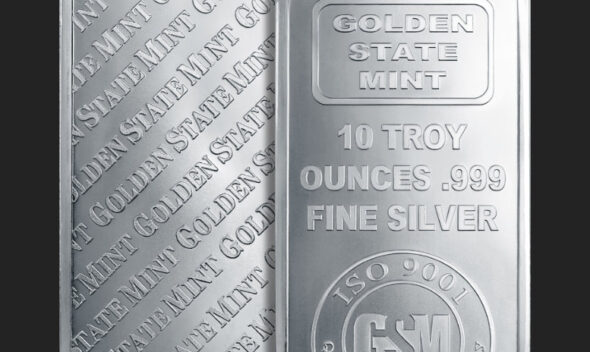
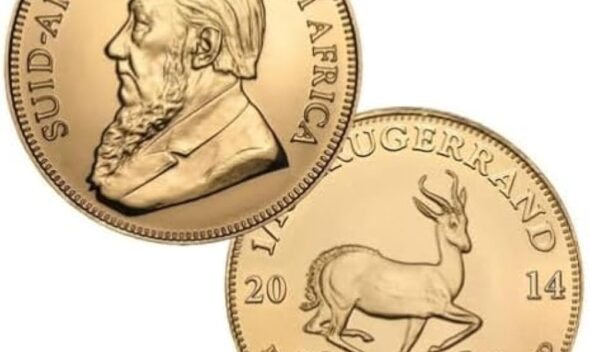
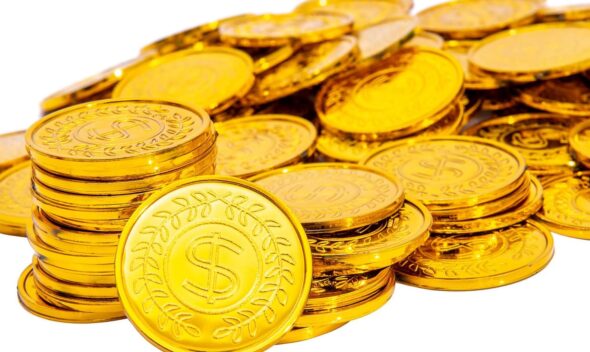
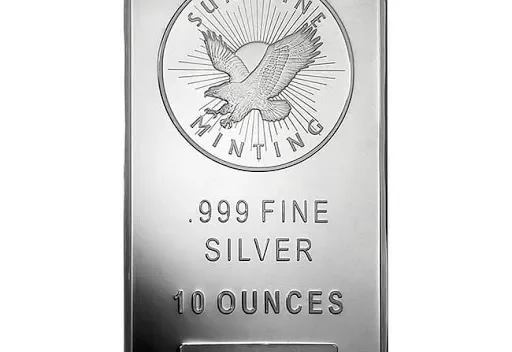
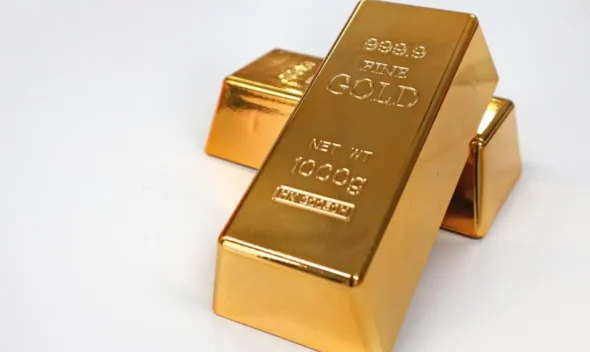
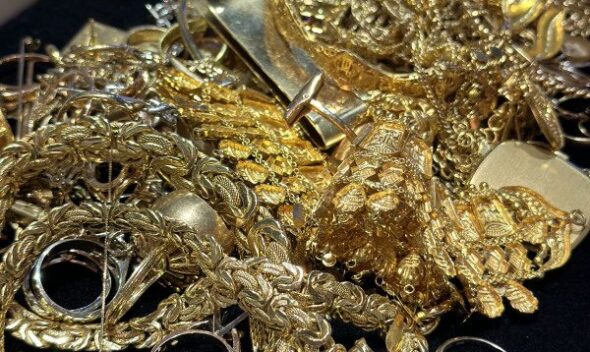
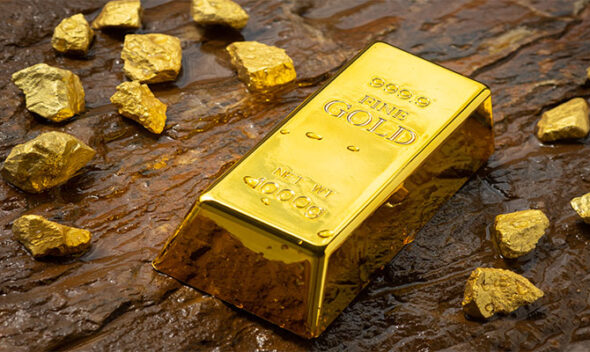
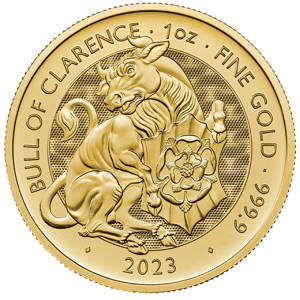
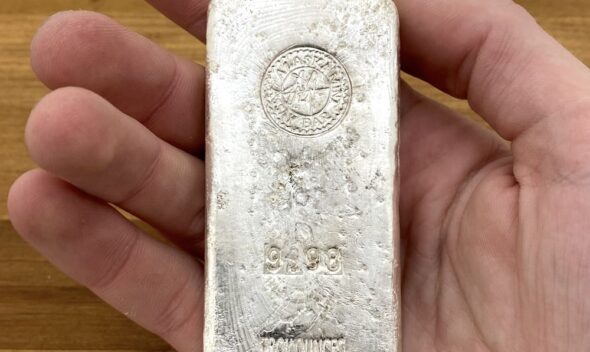
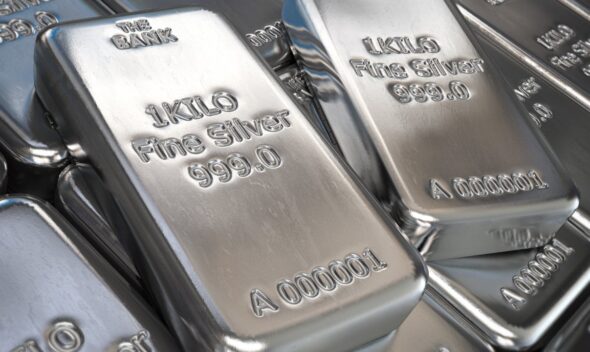
Leave a comment